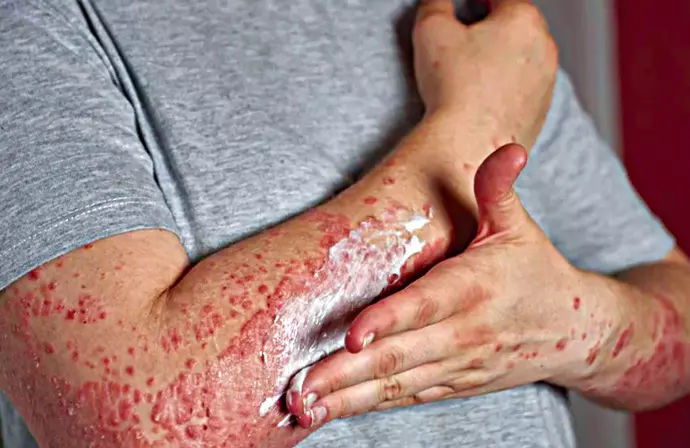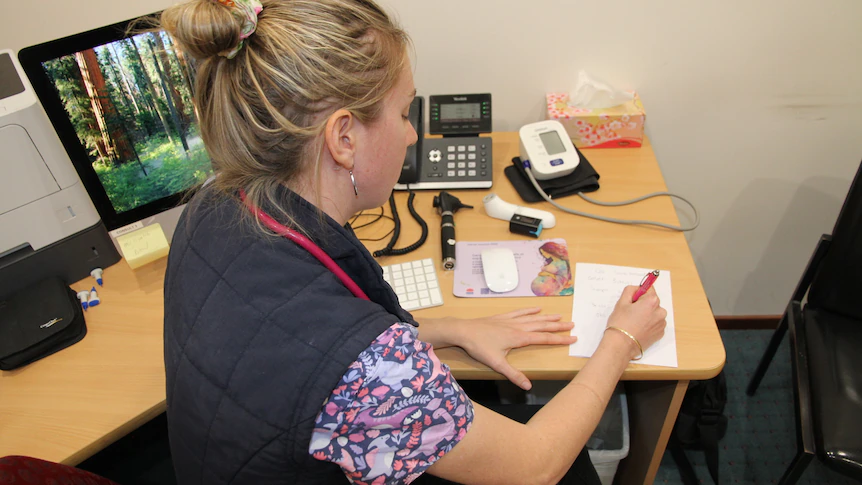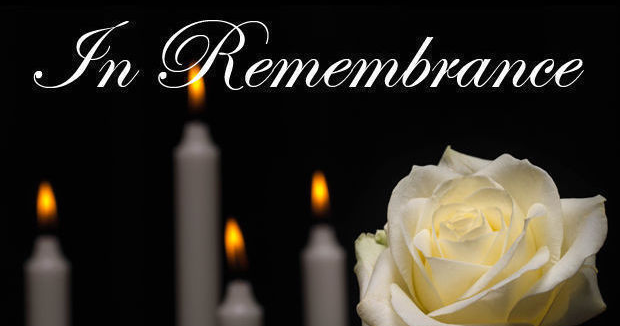By Anushree Chaurasia
Copyright deccanchronicle

At first, it looks harmless — a rash, some red blotches, maybe a mild fever. For most people, these signs may indicate an allergic reaction. But for patients with Stevens-Johnson Syndrome (SJS), these early symptoms can rapidly spiral into a medical emergency. What begins as an irritation of the skin can escalate into widespread blistering, peeling, painful sores in the mouth and eyes, and in severe cases, multi-organ damage or even death. Despite its devastating impact, SJS remains under-recognized both among the general public and sometimes even within healthcare systems. The condition is rare, but when it strikes, every hour counts. The Ordinary TriggerOne of the most alarming aspects of SJS is its trigger — often a seemingly routine medication. Common culprits include antibiotics, anti-seizure drugs, and even over-the-counter pain relievers. What starts as trust in a prescribed treatment can suddenly turn into a fight for survival. Patients may dismiss the initial rash, unaware of the danger, and healthcare providers may mistake it for a benign allergy. This delay in recognition can mean the difference between recovery and life-threatening complications. Early Recognition MattersExperts emphasise that catching SJS in its earliest stages is crucial. Unlike common allergic rashes, SJS comes with telltale warning signs — painful skin, blistering, and mucosal involvement such as sores in the mouth, nose, or eyes. “Early recognition of Stevens-Johnson Syndrome can be tackled by assessing symptoms beyond a simple rash,” says Dr. Shareefa Chause, Dermatologist, Mumbai. “Prompt history-taking of recent medications and detailed skin examination are key. Quick referral to dermatologists and immediate withdrawal of the suspected drug can prevent life-threatening complications.” Her point highlights the gap: SJS does not look like a typical allergy, yet without proper training, providers may overlook the difference. The Doctor’s DilemmaA critical problem lies in medical education. Rare but severe conditions like SJS do not always receive the attention they deserve in standard training. This creates a blind spot in both diagnosis and communication with patients. “Gaps in medical education often underemphasize rare critical conditions like Stevens-Johnson Syndrome, while patients are rarely counselled about severe drug reactions,” notes Dr. Pradeep Mahajan, Founder & Chairman, StemRx Hospital & Research Centre. According to him, better clinician training, continuing medical education, and standardised diagnostic checklists can make a huge difference. He also suggests integrating clinical decision-support tools into electronic health records so that red flags are raised earlier. The Missing LinkBeyond clinical training, there’s another weak point: patient communication. Too often, when a new medication is prescribed, the possible risk of severe reactions is not explained clearly to patients. “Improving doctor–patient counselling can bridge this gap and raise awareness,” emphasises Dr. Chause. If patients know what to look for, they are more likely to seek help on time. Dr. Mahajan also advocates for public health campaigns, patient information leaflets with prescriptions, and case studies incorporated into medical curricula. These steps, he says, can empower both providers and patients to act quickly when warning signs appear. Cost of Delayed ActionBehind the statistics are real patients and families who are blindsided by SJS. Survivors often describe long recovery periods, with lingering complications such as chronic eye damage, scarring, or sensitivity to sunlight. For families of those who don’t survive, the shock is amplified by how preventable the worst outcomes could have been with earlier detection. While rare, SJS leaves a lasting impact on those who encounter it. Awareness and quick action remain the most powerful tools in saving lives. As Dr. Mahajan summarises: “Timely recognition of Stevens-Johnson Syndrome requires vigilance for systemic signs such as fever, mucosal involvement, and rapid skin detachment. Immediate triage, drug withdrawal, and multidisciplinary coordination can help prevent organ failure and save lives.” A Call for AwarenessStevens-Johnson Syndrome may be rare, but rarity is no excuse for ignorance. Its initial disguise as a minor rash makes it all the more dangerous. The condition is a stark reminder that not all rashes are harmless, and that both patients and providers must treat new symptoms with caution—especially when linked to recent medications.With better education, improved communication, and a stronger healthcare response, SJS can shift from a silent crisis to a recognizable emergency. For patients, that recognition could mean the difference between life and death.



